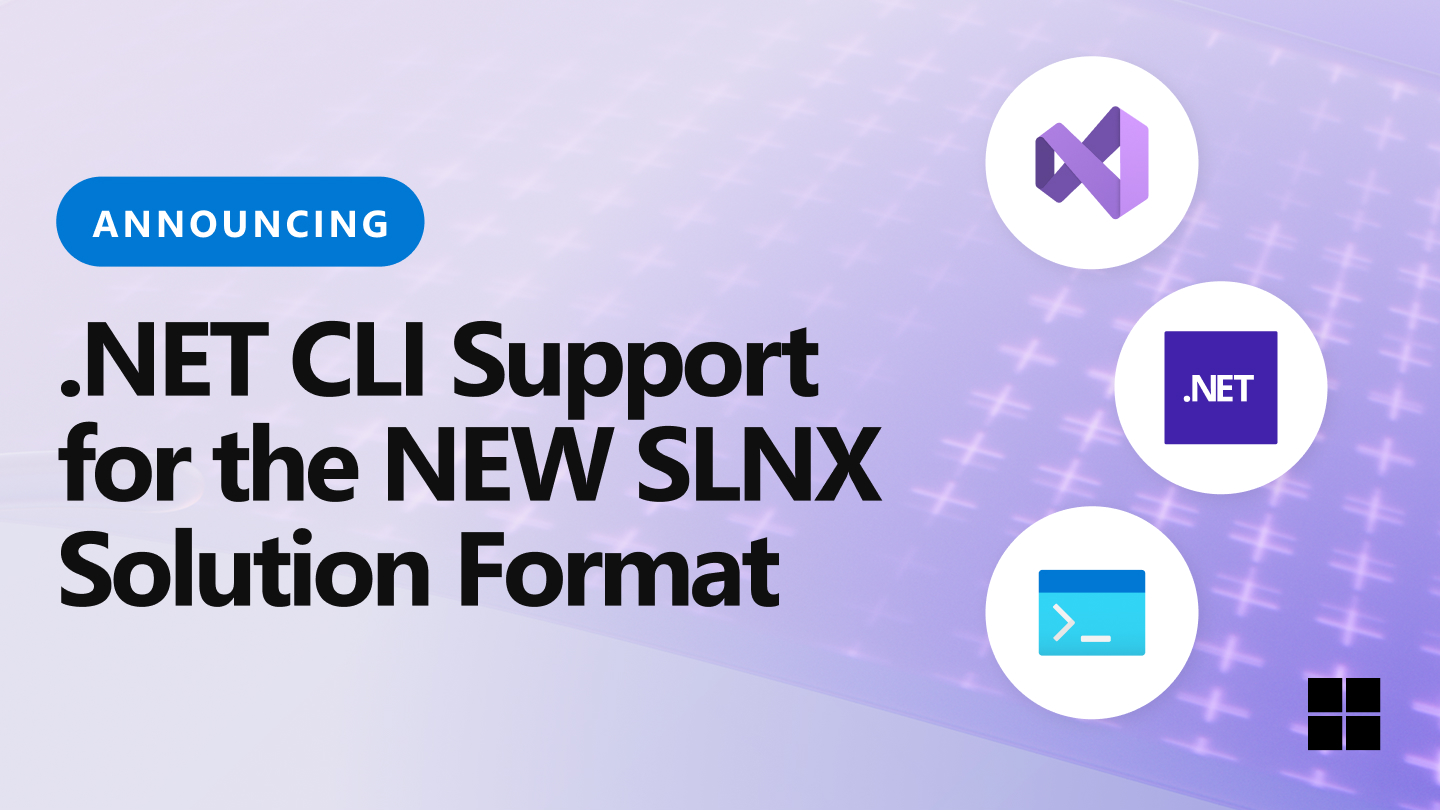Introducing support for SLNX, a new, simpler solution file format in the .NET CLI

Table of Contents
- Introduction
- Migrating to SLNX Format
- Support for SLNX Across .NET IDEs and Tooling
- Feedback and Road to GA
- Summary
Introduction
The .NET CLI now supports a new, simpler solution file format called SLNX, which provides a more concise XML-based structure while retaining all necessary data. Users can migrate their existing solution files to the new format using the 9.0.200 SDK.
Migrating to SLNX Format
To migrate an existing solution to the SLNX format, users can use the following command:
dotnet sln convert
The conversion process retains all data from the original solution and results in a more compact XML format. Building, adding, listing, and removing projects within the SLNX solution works in the same way as with the previous format.
Support for SLNX Across .NET IDEs and Tooling
While the .NET CLI fully supports the SLNX format, other tools like Visual Studio, C# Dev Kit, and slngen have varying levels of support. Users may need to enable settings or update properties to work with SLNX files in these tools.
Feedback and Road to GA
Feedback from users trying out the SLNX format is crucial for its evolution towards general availability. Users are encouraged to report their experiences, issues, and feature requests for the format in the respective repositories and developer communities.
Summary
SLNX files offer a more streamlined solution file format that enhances collaboration and project understanding. As feedback is gathered and user experiences inform improvements, the SLNX format moves closer to becoming the default choice for .NET projects.